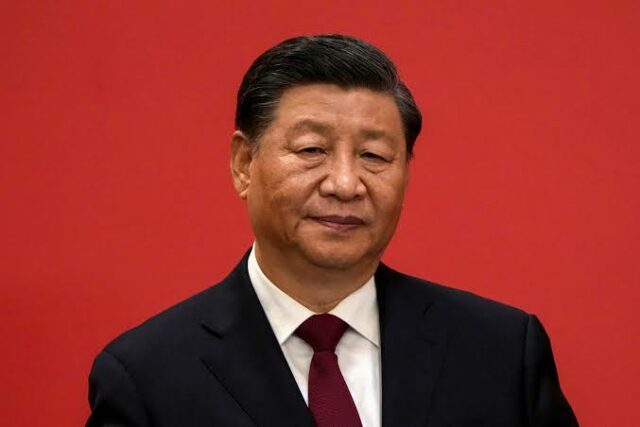NEW DELHI: As Sri Lanka desperately awaits a bailout package from the International Monetary Fund (IMF), China is unwilling to follow the debt sustainability targets set by the IMF. China is Sri Lanka’s biggest bilateral creditor—accounting for about 20 per cent of the island nation’s foreign debt—and hence plays a key role in its debt restructuring process, a prerequisite for access to IMF’s extended fund facility. But as of now, China is willing to give a two-year moratorium on loans, not much beyond that.
In the past two decades, Chinese state-owned banks have lent record amounts to low- and middle-income countries, making China the world’s largest official creditor. But despite that, the country’s foreign lending remains opaque. Most of the Chinese loans come with confidentiality clauses that bar borrowing nations from giving out terms of the debt. Moreover, some other provisions in the loan agreement allow the lender to influence debtors’ domestic and foreign policies.
In the past decade, China has lured many low and middle income countries to join the Belt and Road Initiative (BRI). Touted as Chinese President Xi Jinping’s pet project, it aims at creating port, rail and land infrastructure networks across the globe but has left most of the participating countries in a debt trap.
Last year, the world’s low-income countries owed 37 per cent of their debt to China, compared to 24 per cent in bilateral debt to the rest of the world. World Bank data suggests 97 countries are under Chinese debt, with many of them in Africa and Asia.
Those with the highest external debt to China are Pakistan $77.3 billion, Angola $36.3 billion, Ethiopia $7.9 billion, Kenya $7.4 billion and Sri Lanka $6.8 billion.
The countries with the biggest debt burdens in relative terms were Djibouti and Angola, where debt to China exceeded 40 per cent of gross national income (GDP plus net income from abroad). In the case of The Maldives, it’s about 38 per cent. Laos too is deeply in Chinese debt (estimated to be about $12.2 billion). The railway line from Vientiane, the capital of Laos, to Kunming in China, which became functional in December 2021, cost nearly $6 billion, a third of which was in the form of loan given to Laos. The Lao government owns just 30 per cent of the railway company, the rest lies with state-owned Chinese firms.
















